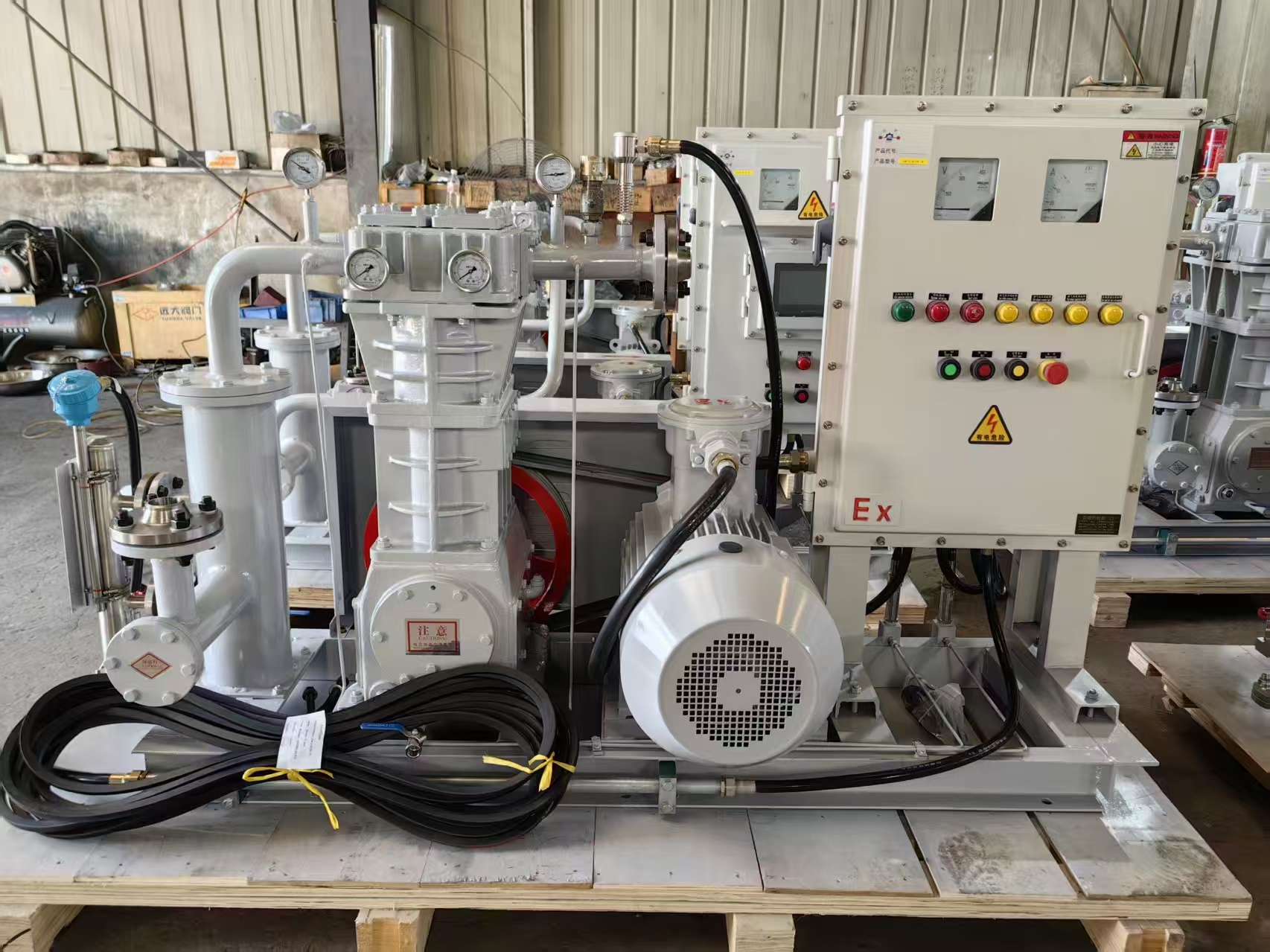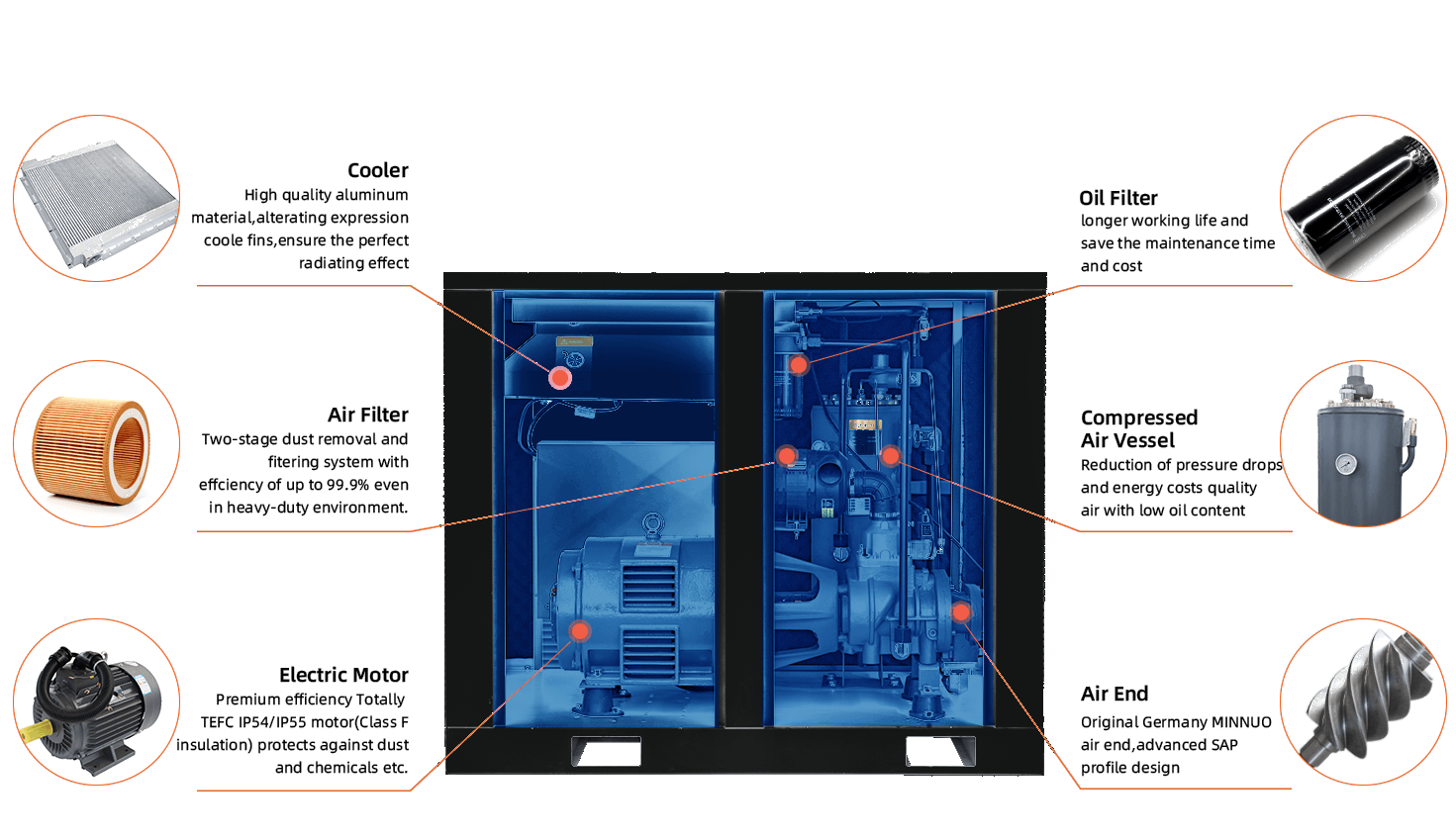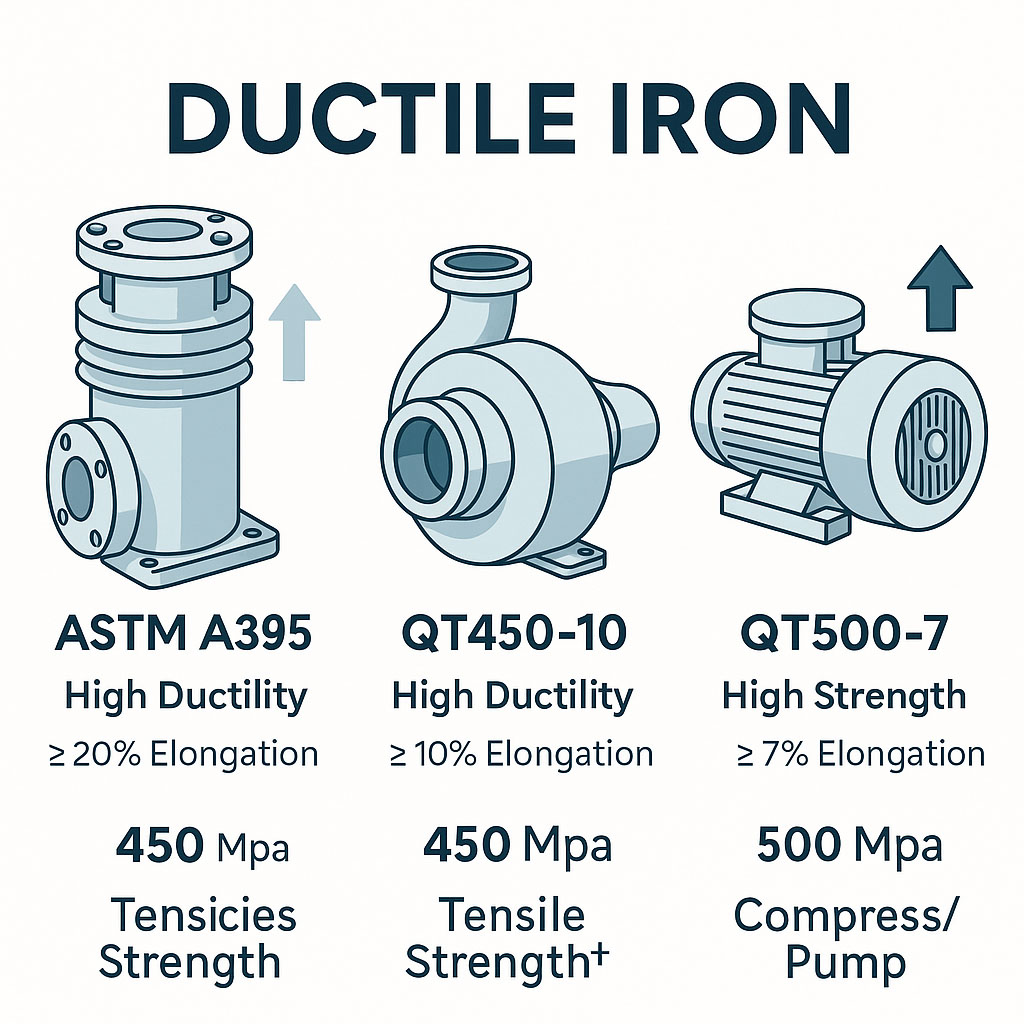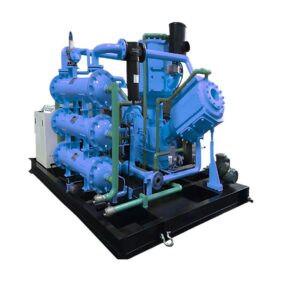Introduction
Diaphragm hydrogen compressors are enjoying double-digit search growth worldwide as suppliers race to equip fast-rising green-hydrogen projects. Independent analysts now value the diaphragm hydrogen compressor segment at roughly US $ 1.2 billion in 2024, climbing to US $ 2.5 billion by 2033—a robust CAGR above 9 percent that already outpaces legacy piston technology. At the same time, social chatter around #diaphragmcompressor and #hydrogen shows EPC contractors, system integrators and OEMs are actively comparing solutions rather than merely browsing. These trends underline a clear purchasing intent centered on ultra-clean, ultra-high-pressure performance.
Why the Buzz? Purity & Pressure
Project owners choose an oil-free diaphragm compressor because a stainless-steel membrane keeps lubricants completely out of the process gas, protecting PEM fuel-cell stacks and eliminating downstream filtration. Modern triple-stage frames routinely deliver 1000 bar discharge pressure, qualifying as a high pressure hydrogen compressor 1000 bar, while still preserving full diaphragm life under rapid-fill duty at every hydrogen refueling station compressor site. Combined with low vibration and near-silent operation, these features give operators confidence to site skids in urban depots and semiconductor fabs alike.
Key Advantages at a Glance
-
Ultra-pure gas (< 1 ppm): stainless diaphragms prevent cross-contamination—ideal for fuel-cell mobility or semiconductor pipelines.
-
High efficiency: three-stage hydraulics reach 92 percent mechanical efficiency, slicing kWh per kg H2.
-
Modular skid design: factory-tested modules drop in as a hydrogen refueling station compressor, reducing on-site labor by 40 percent.
-
Rapid ROI: lower maintenance plus carbon-credit revenue drive payback inside 18 months (typical 8,000 h duty).
Industry Fit & ROI Drivers
Chemical producers, renewable-gas developers and fleet operators all cite capex-lite scalability as a decisive ROI lever. By compressing straight from electrolyzer outlet to 1000 bar, asset owners skip intermediate stages, shrink plot space and save up to US $ 320 k per station. Digital twins now optimize diaphragm replacement intervals, extending MTBF by 25 percent. With carbon regulations tightening, an oil-free diaphragm compressor also avoids lube-oil disposal fees and related Scope 1 emissions, further improving the balance sheet.
Frequently Asked Questions
Q1. How often must diaphragms be replaced?
For a standard duty cycle, inspection comes at 8,000 h; replacement kits cost under 2 percent of total ownership.
Q2. Can I retrofit an existing station?
Yes. Modular frames comply with SAE J 2601 fueling protocols and need only 6 m² of pad space.
Q3. What about helium or CO₂ service?
The same oil-free diaphragm compressor architecture handles inert, toxic and rare gases up to 700 bar with minor material upgrades.
Ready to specify your next-generation diaphragm hydrogen compressor? Contact our engineering desk for cycle modeling, CFD-verified sizing and budgetary pricing within 48 hours.











